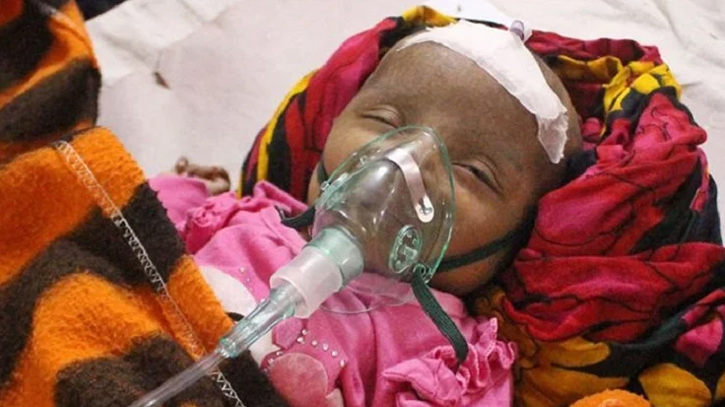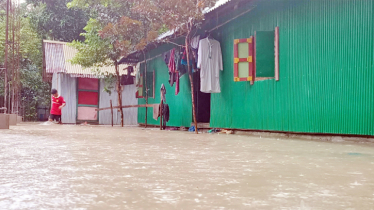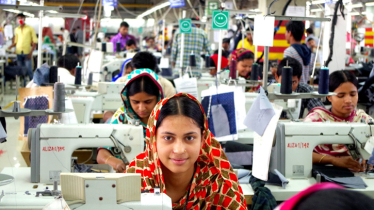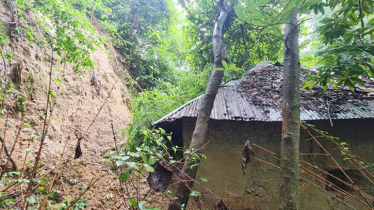
Photo : Collected
Pneumonia, a formidable adversary in child health casts a dark shadow – thereby claiming the lives of approximately 24,000 children annually, all before reaching the tender age of five. This figure constitutes a distressing 24 percent of under-five child deaths. Every passing hour witnesses the demise of two to three children due to pneumonia which thrusts our country’s infant mortality rate from this ailment above the global average.
This alarming information was revealed during a discussion arranged at the International Centre for Diarrhoeal Disease Research, Bangladesh (ICDDR,B) on the occasion of World Pneumonia Day. The disclosed information reveals that 40,00,000 children fall victim to pneumonia each year, yet only 677,000 are fortunate enough to be admitted to hospitals and receive essential treatment.
A glimpse into the organisation’s research indicates a 4 percent reduction in child mortality from pneumonia over the past 12 years. Despite this, the number of child deaths has plateaued in the last five years, with the death rate dropping merely by 0.6 percent to 7.4 individuals per 1,000 live births.
Children with prolonged illnesses or weakened immune systems face a heightened vulnerability to pneumonia. While fever remains the primary symptom, its manifestation is occasionally ambiguous. Urgent medical consultation is imperative when symptoms such as cough and shortness of breath manifest. Timely vaccinations, including pneumonia vaccinations for one-year-olds, stand as a crucial preventive measure against infant mortality. The significance of breastfeeding after birth cannot be overstated as it reduces the risk of pneumonia by 15 percent. A well-balanced and nutritious diet is equally pivotal in averting the clutches of pneumonia.
Air pollution emerges as a major catalyst for pneumonia amplifying the risk of death. The imperative to enhance indoor air quality is underscored by experts, who posit that this measure alone can slash the risk of pneumonia-related mortality by 50 percent. Children hailing from impoverished or low-income backgrounds bear a disproportionately higher risk.
Compounding the predicament is the revelation that a significant portion of hospitalized children with pneumonia suffer from oxygen deficiency, significantly elevating their mortality risk. Adequate oxygen supply in healthcare centers, especially in remote areas, is thus imperative. The absence of essential equipment, particularly in district and upazila-level healthcare centers, amplifies the risk, threatening to escalate the toll of child deaths due to pneumonia.
The key to mitigating this crisis lies in the prompt initiation of pneumonia treatment, as it directly correlates with a reduction in the patient’s risk of succumbing to this formidable adversary.
Messenger/Fameema








